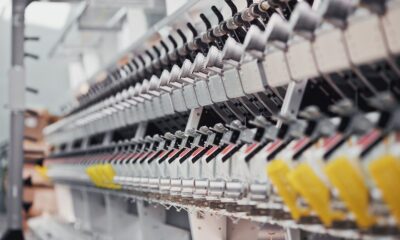Fashion
China manufacturing confidence rebounds amid rising costs
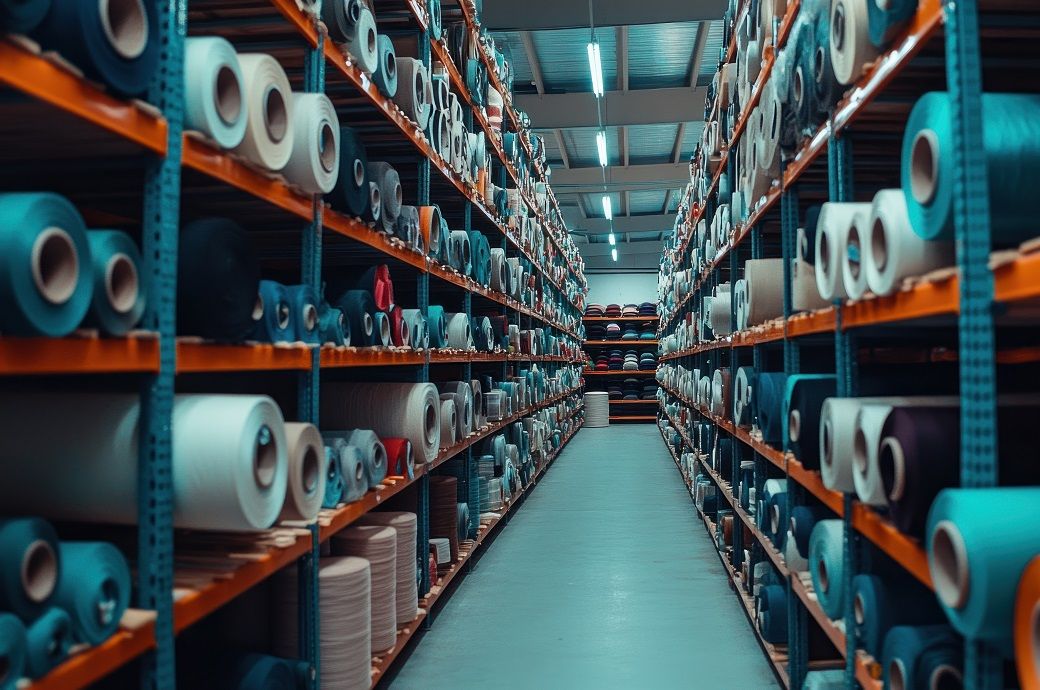
Manufacturing output expanded on the back of rising new orders, while the contraction in export business eased. Increased new work drove purchasing activity and inventories higher, alongside a rise in unfinished business. Business confidence also picked up, although firms stayed cautious on staff hiring.
China’s manufacturing sector returned to growth in August, with the PMI rising to 50.5, its highest in five months, as per RatingDog and S&P Global.
Output and new orders expanded, driven by firmer domestic demand, while export declines eased.
Purchasing and inventories rose, though firms shed staff for a fifth month.
Input costs climbed at the fastest pace in nine months.
On the price front, average input costs climbed at the fastest pace in nine months, while selling prices stabilised, ending an eight-month streak of discounting. Rising above the 50 no-change threshold in August, the latest figure signalled that manufacturing sector conditions improved midway through the third quarter of the year, S&P Global said in a press release.
Although marginal, the rate of improvement was the quickest in five months. Rising new orders supported a renewed expansion of manufacturing output in August. This marked the second time in the past three months in which output has increased, though the upturn was only marginal. Better underlying demand conditions and successful promotional efforts underpinned the latest rise in new orders, according to panellists.
Though modest, the rate of new order growth was the quickest seen since March. Companies signalled that the improvement in sales was largely driven by firmer domestic demand, as new export orders fell slightly.
Stronger inflows of new orders also led to a renewed accumulation of backlogged work in August. The rate at which unfinished business increased was the quickest in six months. Despite greater capacity pressures, manufacturers remained cautious with regards to their staffing levels, opting instead to shed staff for a fifth consecutive month.
Purchasing activity increased for a second consecutive month amid higher new orders and production. Anecdotal evidence suggested that some Chinese manufacturers were keen to stockpile in the latest survey period. Holdings of raw materials and semi-finished goods rose at the quickest pace since November 2020.
Stocks of finished goods also accumulated midway through the third quarter. This was attributed to both growth in production and delays in outbound shipments. At the same time, lead times for inputs continued to lengthen in August, albeit only fractionally, amid reports of shipping delays and logistics constraints.
Prices data showed that average input costs rose for a second successive month in August. The rate of inflation was the steepest since November 2024 but remained below the series average. Higher raw material costs were cited as a key reason for the latest increase in expenses. To help cope with rising costs, some manufacturers raised their output charges while others were limited in their ability to pass on higher expenses due to intense competition.
As a result, average selling prices were unchanged in August following an eight-month period of decline. On the other hand, export charges continued to increase on the back of rising transport costs.
Overall, sentiment regarding the one-year outlook for output in the Chinese manufacturing sector remained positive in August. Goods producers were the most upbeat since March amid hopes that economic conditions will improve, and that company expansion plans will help to drive new sales in the next 12 months.
“The RatingDog China Manufacturing PMI rose to a five-month high of 50.5 in August, indicating an improvement in China’s manufacturing conditions and a return to expansion. However, the latest upturn resembled a breath of relief rather than a sustained rally,” said Yao Yu, founder at RatingDog. “It’s positive to see output bounce back above the 50 no change mark after July’s dip, and new orders picked up, pushing inventories of raw materials and finished goods higher.”
“New export orders are still in contraction, but the pace of decline has eased. That’s encouraging, yet we shouldn’t get carried away, because external demand looks partly pulled forward while domestic demand stays soft, so the upside to output may be limited unless domestic demand firms up,” added Yu. “Besides, input prices continued to rise under the ‘Anti-involution’ policy backdrop, and those upstream increases are finally showing up in output prices, breaking an eight-month streak of falling charges. Still, profit trends interpreted from the PMI data showed only a slight recovery and remain under pressure overall.”
“Notably, the manufacturing sector is helping the recovery, but this rebound is patchy. With weak domestic demand, potentially overstretched external orders, and slow profit recovery, the durability of the improvement depends on whether exports truly stabilize and whether domestic demand can pick up pace,” Yu said.
Fibre2Fashion News Desk (SG)
Fashion
North India cotton yarn steady, falling rupee helps in export
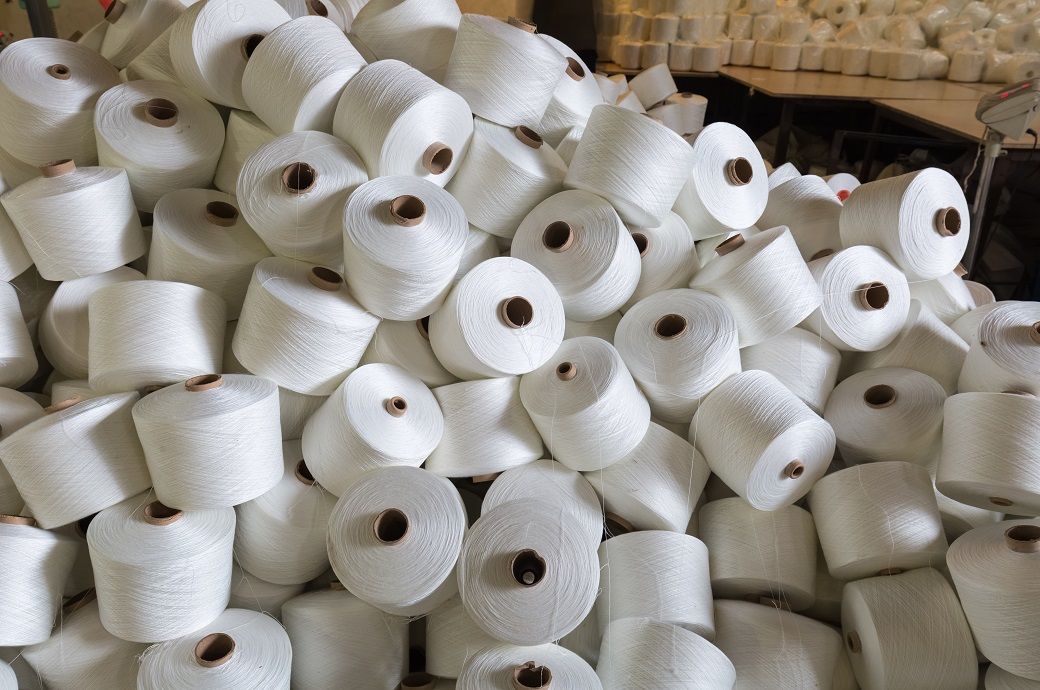
Cotton yarn prices in Ludhiana also held firm, with domestic demand still sluggish and liquidity concerns limiting transactions. A local trader told Fibre*Fashion, “Spinning mills secured export orders, particularly from China, as the weaker rupee created a pricing advantage. This has strengthened mills’ confidence and helped maintain current yarn price levels.”
In Ludhiana, ** count cotton combed yarn was sold at ****;***–*** (~$*.**–*.**) per kg (inclusive of GST); ** and ** count combed yarn were traded at ****;***–*** (~$*.**–*.**) per kg and ****;***–*** (~$*.**–*.**) per kg, respectively; and carded yarn of ** count was noted at ****;***–*** (~$*.**–*.**) per kg today, according to trade sources.
Fashion
Bangladesh’s apparel sector may face crisis similar to jute’s: BKMEA
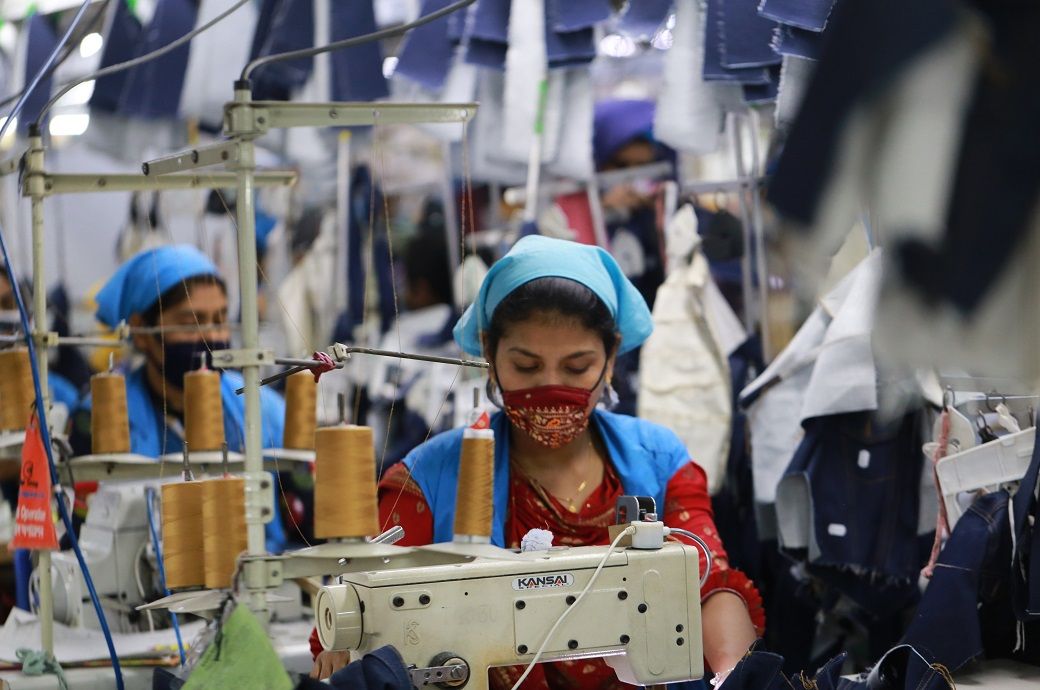
At a seminar organised by BKMEA at the Global Sourcing Expo 2025 in Purbachal, BKMEA president Mohammad Hatem said the changes in labour laws for this sector appear to have shown the ‘seeds of destruction’, just the way it happened to the jute sector. The impact will be visible later, he noted.
The domestic apparel industry may face a crisis similar to the one witnessed by the country’s jute sector once, trade body BKMEA recently cautioned.
At a seminar, BKMEA president Mohammad Hatem said the ‘deceptive’ reforms in labour laws for this sector appear to have shown the ‘seeds of destruction’, just the way it happened to the jute sector.
The impact will be visible later, he noted.
Calling the reforms ‘deceptive’, he lamented: “We feel somewhat betrayed. We are ready to hand over the keys of our factories within a year to them; we hope they will be able to run the industry as well as they run the government.”
IFIC Bank managing director Syed Mansur Mustafa said the reasons behind the reported closure of 400 factories should be properly probed, according to domestic media reports.
Federation of Bangladesh Chambers of Commerce and Industry (FBCCI) administrator Mohammad Abdur Rahim Khan said the narrowness of Bangladesh’s export basket becomes evident during trade negotiations.
Fibre2Fashion News Desk (DS)
Fashion
Ulta Beauty lifts annual forecasts on demand for cosmetics
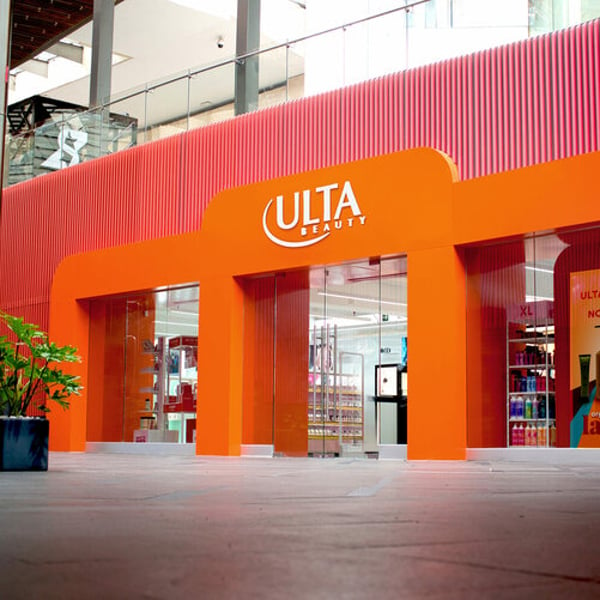
By
Reuters
Published
December 5, 2025
Ulta Beauty raised its annual sales and profit forecast on Thursday, betting on strong demand for its makeup and skincare products going into the holiday season.
Shares of the company, which also reported third-quarter results above estimates, were up about 5% in trading after the bell.
The cosmetic retailer enjoyed strong sales at its outlets, helped by its trendy and affordable offerings, along with marketing efforts, which helped attract shoppers, especially younger demographics.
Ulta also benefits from fast-growing demand for fragrances, as well as the popularity of celebrity-owned labels on its shelves, including Rihanna‘s Fenty Beauty.
The positive outlook comes at a time when budget-conscious consumers are pulling back on discretionary spending amid macroeconomic uncertainty, causing expectations of muted holiday spending in the U.S. this year.
“As we look ahead to the all-important holiday season, we know many consumers’ wallets are pressured and they are seeking value,” CEO Kecia Steelman said in a statement.
The company now expects annual net sales of about $12.3 billion, compared with its prior forecast of $12 billion to $12.1 billion.
It expects comparable sales to rise in the range of 4.4% to 4.7% in fiscal 2025, compared with its prior growth forecast of 2.5% to 3.5%.
Ulta Beauty said it expects annual profit of $25.20 to $25.50 per share, higher than its prior forecast of $23.85 to $24.30.
Third-quarter sales rose 12.9% to $2.86 billion, compared with the average analyst estimate of $2.72 billion, while earnings per share of $5.14 beat estimates of $4.64, as per data compiled by LSEG.
Meanwhile, lower e-commerce shipping costs and inventory shrink – a term used for lost or damaged stock – helped the company’s margins.
© Thomson Reuters 2025 All rights reserved.
-

 Tech5 days ago
Tech5 days agoGet Your Steps In From Your Home Office With This Walking Pad—On Sale This Week
-

 Sports4 days ago
Sports4 days agoIndia Triumphs Over South Africa in First ODI Thanks to Kohli’s Heroics – SUCH TV
-

 Entertainment4 days ago
Entertainment4 days agoSadie Sink talks about the future of Max in ‘Stranger Things’
-

 Fashion4 days ago
Fashion4 days agoResults are in: US Black Friday store visits down, e-visits up, apparel shines
-

 Tech4 days ago
Tech4 days agoPrague’s City Center Sparkles, Buzzes, and Burns at the Signal Festival
-

 Politics4 days ago
Politics4 days agoElon Musk reveals partner’s half-Indian roots, son’s middle name ‘Sekhar’
-

 Sports4 days ago
Sports4 days agoBroncos secure thrilling OT victory over Commanders behind clutch performances
-

 Business4 days ago
Business4 days agoKey Financial Deadlines That Have Been Extended For December 2025; Know The Last Date












